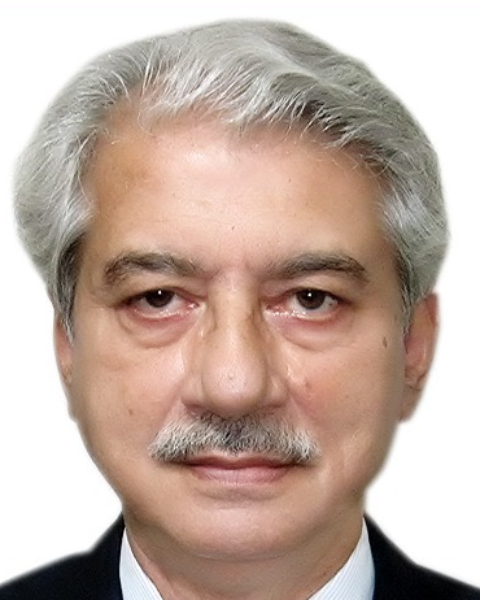Back
(P808) HLA tailored Immunosuppression in living related pediatric kidney transplants in a low-income country. Cost and survival benefits.
Location: Platinum Ballroom
Poster Presenter(s)
Aim: HLA matching is one of the important factors influencing living donor kidney transplant outcomes. In low-income countries costs and availability of immunosuppressive drugs prevent the use of potent drugs to prevent rejection and improve outcomes. Our center provides “free of cost” transplants and life-long medication to all patients through a model of community-government partnership. In this paper, we present our immunosuppression protocol for first-living donor pediatric transplants tailored accordingly to HLA match and its benefits in terms of cost and graft survival.
Method: Between 2008 – 2023, 800 live-related pediatric transplants were performed at our center and reported to the Collaborative Transplant Study (CTS) in Heidelberg, Germany. HLA matching was performed by molecular method. Immunosuppression: Children ≥ 12 years (0-3 HLA mismatch) Group A, were given Cyclosporine (CyA) (8mg/kg), Azathioprine (AZA) (1.5mg/kg), and Steroids (1mg/kg). Children < 12 (4-6 HLA mismatch), PRA >30% Group B were given Tacrolimus (TAC) (0.15mg/kg), Mycophenolate Mofetil (MMF) (10-15mg/kg) and Steroid (0.5mg/kg). Children ≤12 years were given IL-2 Interleukin-2 antagonist 20mg at days 0 and 4 or Antithymocyte globulin (ATG) (3-5mg/kg) for 5 days. All graft dysfunctions were evaluated by biopsy. Data was analyzed using SPSS version 22.0.
Results: Of the 800 transplants, 597 were in Group A and 203 in Group B. The mean recipient age in Groups A and B was 16.16±1.6 and 9.8±1.9 years respectively. The mean donor age in Groups A and B was 36.4±9.5 and 36.1±6.8 respectively. The overall rejection rate in Group A was 18% and in Group B 16%. Overall 1 and 5-year graft survival in Groups A and B was 99% and 80% vs 96% and 86% respectively (p 0.767). The cost of CyA/AZA/Steroids for 1 year $850 vs $1450 for TAC/MMF/Steroids. The cost of induction therapy in Group B ranged from $1000-1500.
Conclusion: Immunosuppression tailored according to HLA match enabled our center to achieve similar graft survival rates in poorly vs good matched transplants. The use of more potent immunosuppression only for poorly matched transplants allowed substantial savings in the costs of immunosuppression.
Method: Between 2008 – 2023, 800 live-related pediatric transplants were performed at our center and reported to the Collaborative Transplant Study (CTS) in Heidelberg, Germany. HLA matching was performed by molecular method. Immunosuppression: Children ≥ 12 years (0-3 HLA mismatch) Group A, were given Cyclosporine (CyA) (8mg/kg), Azathioprine (AZA) (1.5mg/kg), and Steroids (1mg/kg). Children < 12 (4-6 HLA mismatch), PRA >30% Group B were given Tacrolimus (TAC) (0.15mg/kg), Mycophenolate Mofetil (MMF) (10-15mg/kg) and Steroid (0.5mg/kg). Children ≤12 years were given IL-2 Interleukin-2 antagonist 20mg at days 0 and 4 or Antithymocyte globulin (ATG) (3-5mg/kg) for 5 days. All graft dysfunctions were evaluated by biopsy. Data was analyzed using SPSS version 22.0.
Results: Of the 800 transplants, 597 were in Group A and 203 in Group B. The mean recipient age in Groups A and B was 16.16±1.6 and 9.8±1.9 years respectively. The mean donor age in Groups A and B was 36.4±9.5 and 36.1±6.8 respectively. The overall rejection rate in Group A was 18% and in Group B 16%. Overall 1 and 5-year graft survival in Groups A and B was 99% and 80% vs 96% and 86% respectively (p 0.767). The cost of CyA/AZA/Steroids for 1 year $850 vs $1450 for TAC/MMF/Steroids. The cost of induction therapy in Group B ranged from $1000-1500.
Conclusion: Immunosuppression tailored according to HLA match enabled our center to achieve similar graft survival rates in poorly vs good matched transplants. The use of more potent immunosuppression only for poorly matched transplants allowed substantial savings in the costs of immunosuppression.

